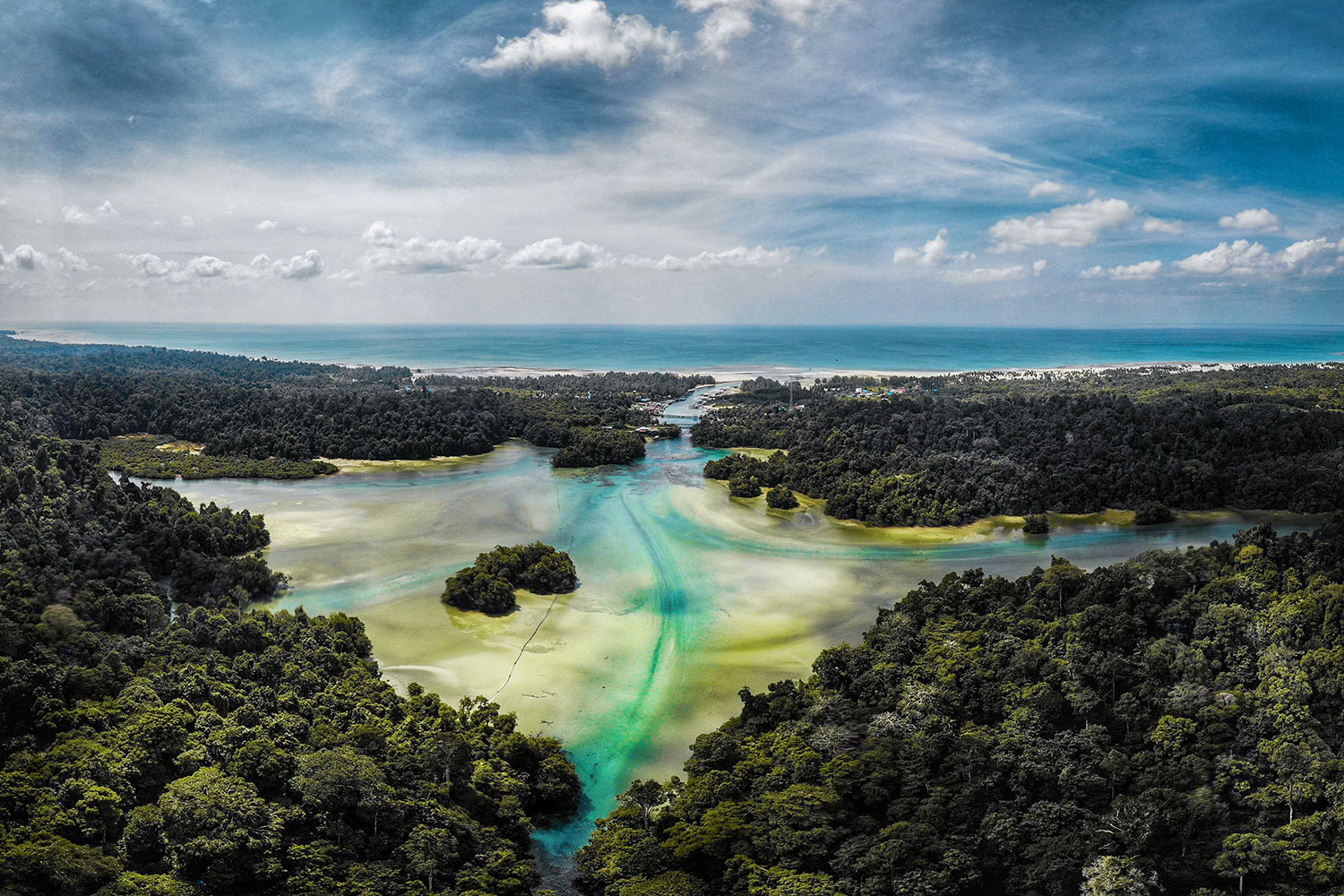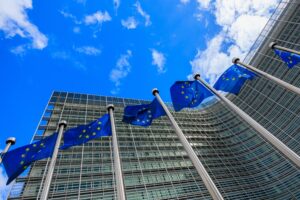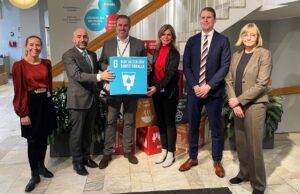- SIWI – Leading expert in water governance
- /
- Latest
- /
- Asia-Pacific leaders call for source-to-sea management
Asia-Pacific leaders call for source-to-sea management

The fourth Asia-Pacific Water Summit took place over the weekend (23-24 April), in Kumamoto, Japan. The Summit’s declaration calls for source-to-sea management and cross-sectoral coordination, as a means for building resilient societies after the Covid-19 pandemic.
The Asia-Pacific Water Summit is a notable event in the water calendar, in that heads of state, and high-level policy- and decision-makers from the region, gather to discuss and address water issues pertaining to achieving the global Sustainable Development Goals (SDGs).
The Kumamoto Declaration, agreed upon by the Asia-Pacific leaders, details the commitments that they will take back to their countries, to be included in their home policies. The recognition of the need to implement a source-to-sea approach was clearly evident in the following statement:
‘Water problems are inextricably linked to food security and energy security. We will consider the various aspects of water value, and deploy sustainable solutions by managing water resources more effectively starting from glaciers, adopting a source to sea approach, and better integrate water resource management with disaster risk reduction, environmental improvement, and greater water use efficiency.’
Whilst the previous Summit’s declaration, from 2017, acknowledged the linkages between freshwater, coasts and the ocean – this is the first time they have specifically mentioned source-to-sea – thereby recognizing that land is part of the equation also. Partner organizations of the Action Platform for Source-to-Sea Management were actively involved during the planning process of the Summit, to ensure that the source-to-sea message was included, and this has clearly reaped rewards. They helped design one of thematic sessions ‘Water and Environment from Source to Sea’ which Howard Bamsey from GWP opened and Peter Thomson, the UN Secretary-General’s Special Envoy for the Ocean, gave an outstanding keynote speech. Ambassador Thomson also spoke during the final high-level integrated session, which ensured a source-to-sea message was present in the summarizing Apex of the summit.
Not only was source-to-sea mentioned in the Summit’s Declaration, it was also reiterated in the Chair’s Summary, which outlines the pathway to implementing the declaration. Yoshiro Mori, Chair of the Summit and former Prime Minister of Japan, stated the need to:
‘Increase policy coherence and develop legal and other frameworks at all levels, taking into account a source-to-sea and IWRM approach to restore and keep a sound water cycle. Not only freshwater, but also solid water including glaciers, aquifers, ocean and islands should be within the scope of the framework.’
And yet a further mention of source-to-sea was in the summit’s Showcases and Roadmaps document, where the ‘Vu Gia – Thu Bon River Basin case study’ from the Platform’s ‘Foundations for Source-to-sea Management’ project was included.
High-level commitment is crucial for successful implementation of the source-to-sea approach and there is a grave need for it to be adopted in the region. Many of the countries have extreme levels of pollution from plastics, agricultural run-off and untreated wastewater, with nine out of ten of the world’s most polluted rivers being found there. Biodiversity loss and sinking deltas are also widespread in the population-dense area, where 60% of the world’s population resides.
Even beyond the summit’s clear embracing of source-to-sea, the message about collaborative cooperation across sectors and the need to build effective multi-stakeholder partnerships was evident. This change in perspective could be due to a growing global recognition of the need for holistic management of our environment and resources if we are to achieve any of the SDGs.
Most recent

SIWI Reflections 2025: Shaping SIWI’s future through strategy, collaboration, and renewal
- Water and climate
- Water in landscapes

SIWI Reflections 2025: Shaping water resilience through European policy
- Water and climate
- Water cooperation

SIWI joins Wallenberg-funded forest resilience research
- Freshwater and ecosystems/biodiversity
- Water and climate
- Water in landscapes

SIWI joins the winning consortium to lead EIT Water – Europe’s new innovation community tackling water challenges

Water at the heart of climate action: SIWI shapes the future of the GCAA

SIWI-WASH experts join IVL


